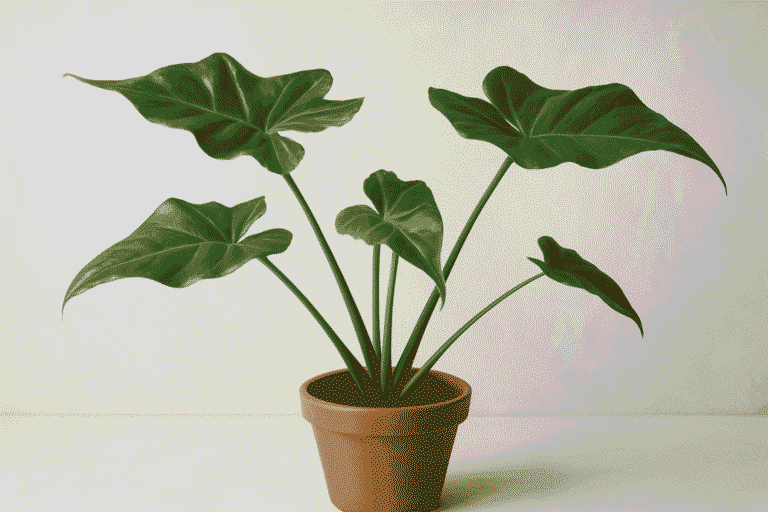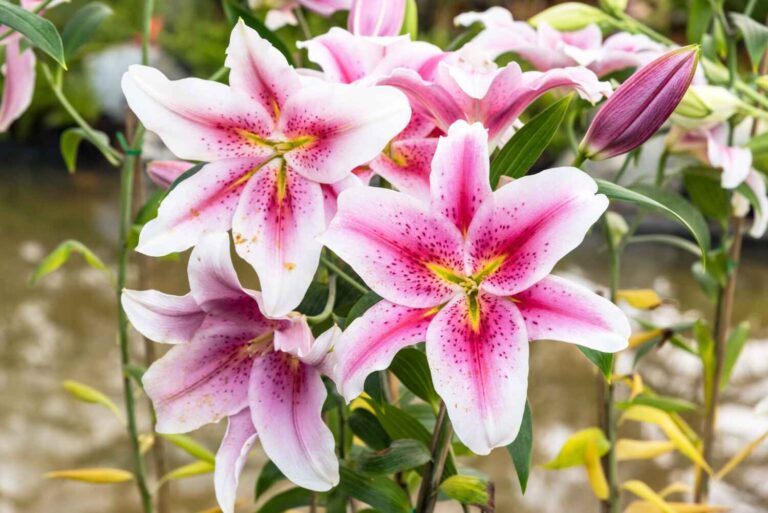Snake Plant Benefits
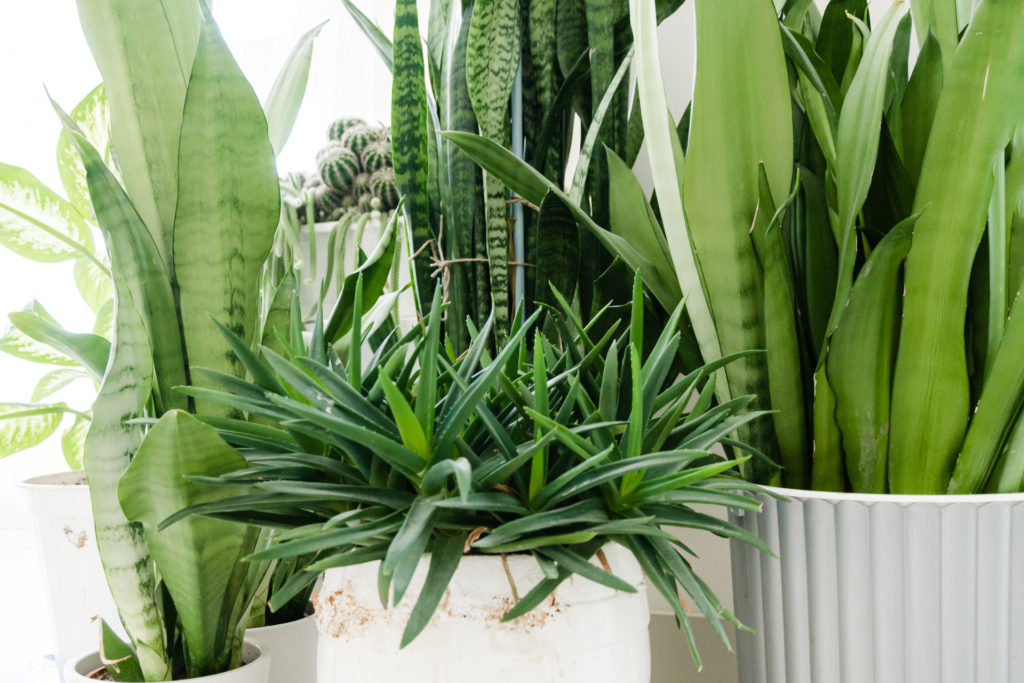
Snake Plant Benefits – Snake plants, also known as Sansevieria or mother-in-law’s tongue, are one of the most popular houseplants for a good reason. With their striking upright leaves and ability to thrive in almost any environment, these plants are not just about aesthetics—they come with a host of amazing benefits that make them perfect for homes, offices, or any indoor space.
One of the most outstanding features of the snake plant is its ability to purify the air. It absorbs toxins such as formaldehyde, benzene, and carbon dioxide while releasing oxygen, making it a natural air filter. Unlike most plants, it continues to produce oxygen at night, which can improve sleep quality.
Be it indoor air purification, decoration, or stress-relieving benefits, this versatile plant makes your wish come true. In this blog, we go deeper into the benefits and tips for the proper care of snake plant and why you should place one in your house.
10 Benefits of Snake Plant
The snake plant is more than a beautiful addition to your home or office; it’s packed with benefits that improve your health, mood, and living space. Here are 10 incredible snake plant benefits that make this low-maintenance plant a favorite among plant lovers:
- Air Purification: Snake plants filter out toxins like formaldehyde, benzene, and carbon dioxide, leaving your indoor air fresher and healthier.
- It Produces Oxygen Even at Night: This plant releases oxygen even in the night and thus is good for bedrooms.
- Helps to Sleep Better: The oxygen emitted can help to sleep better and thus create a relaxed atmosphere.
- Allergen Reducer: This plant catches dust and other allergens to make the place cleaner.
- Relieving Stress: Greenery like snake plants reduce stress and thus improve mood.
- Low-Maintenance: It thrives with minimal care, requiring infrequent watering and tolerating low light.
- Decorative Appeal: Its sleek, upright leaves add a modern and stylish touch to any room.
- Humidifies the Air: It adds a bit of moisture to dry indoor air, making your space more comfortable.
- Pet-Friendly Placement: Safe for pet-free homes, it’s easy to position away from curious pets.
- Versatile Growth: Works well in pots or gardens, adapting to various settings.
How to Propagate Snake Plant?
Well, propagating a snake plant is one very easy and fun process whereby a new plant or plants are obtained from an older one. Therefore, whether a beginner or veteran gardener, it really does not matter. I will take time to lead you through the few simple steps of how you can propagate a snake plant that you already grow.
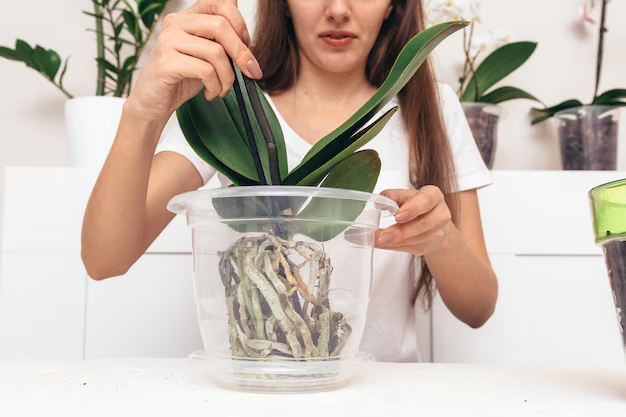
- Choose a Propagation Technique: Snake plants can be propagated using leaf cuttings, division, or water propagation. The most common and easy method is leaf cuttings.
- Cut the Leaf: Choose a healthy leaf and cut it near the base using clean scissors or a knife. Make sure the cut is sharp and even.
- Let It Dry: Let the cut leaf sit for 1-2 days to allow the cut end to callous over. This will prevent rotting once you plant it.
- Plant the Cutting: Place the cut end of the leaf into well-draining soil. Keep the soil moist but not soggy.
- Water Propagation Method: Use water propagation. Dip the cut end of the snake plant in a glass of water; only the lower part should get wet. Change water every week.
- Be Patient: Snake plants don’t grow well. It could even take several weeks before root development.
Snake Plant Varieties

Snake plants can be quite variable in their forms, shapes, and colors, thus making them adaptable to various environments. Being strong and sturdy plants, all belong to the family of Sansevieria. But each of the varieties of this plant is a beauty. Some of the most popular varieties are discussed below.
- Sansevieria Trifasciata ‘Laurentii’: This classic variety has long, upright green leaves with striking yellow edges. It’s perfect for adding height and elegance to any room.
- Sansevieria Trifasciata ‘Moonshine’: Known for its silvery-green leaves, this variety has a sleek, modern look that’s ideal for minimalist décor.
- Sansevieria Cylindrica: Its unique shape involves round, cylindrical leaves that are often tall and made braided in decorative arrangements.
- Sansevieria Hahnii: This type of snake plant is known as a bird’s nest because of its rosette, compact formation. It would work well for smaller spaces because it is short.
- Sansevieria Masoniana: Commonly called the whale fin, wide paddle-like leaves are what makes this one striking.
- Sansevieria ‘Black Gold’: Its dark green leaves are edged in bright golden-yellow. Very nice variety.
- Sansevieria Fernwood Mikado: Thin, cylindrical leaves; grows bushy and is suitable for tabletops or shelves.
Snake Plant Bloom

Did you know that snake plants could bloom? They do so extremely rarely, and when they do, the mature snake plant pleasantly surprises you with its lovely fragrant flowers. It blooms if the plant feels slightly stressed and under the proper conditions, for example, root-bound or watered less frequently.
- Snake plant blooms have small, tubular, white or cream-colored or pale green, fragrant flowers on tall stalks. They often have that sweet jasmine-like fragrance and are known to be very active at night. These blooms can remain on the plant for weeks, making your snake plant quite charming.
- These can be encouraged with indirect sunlight to the snake plant and less chance of overwatering. Be sure to water only when soil is dry entirely. Blooming is not definite, depending upon the age or growing conditions.
- While the flowers are a lovely bonus, they’re in no way necessary for a snake plant to remain healthy or beautiful. Most snake plant owners will never see their plant bloom; but be comforted that your snake plant is doing well. If it happens for you, enjoy the bloom as it’s an occasional special treat from your resilient and beautiful plant.
Snake Plant Pot
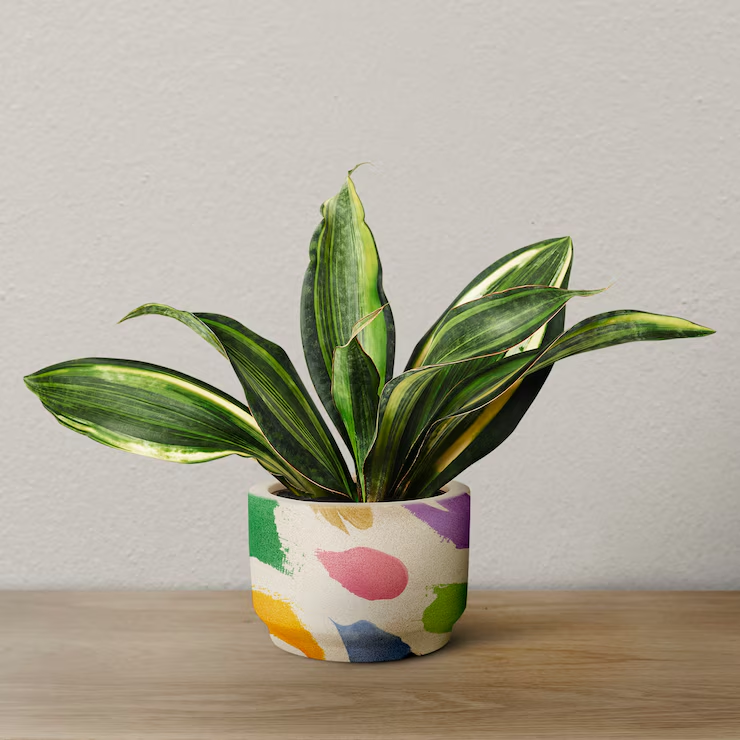
Picking the right pot for your snake plant actually matters much for the health and growth of this plant. Snake plants are hardy and very adaptable, but sometimes even a good pot is important to grow well in it. Here’s what to consider when selecting a pot for your snake plant:
- Drainage is Key: Snake plants hate sitting in water. Choose a pot with drainage holes to avoid overwatering and root rot, which would otherwise make your plant sick.
- Material Matters: Terracotta pots are perfect for snake plants as they evaporate excess moisture. Ceramic and plastic pots work just as well but ensure they have proper drainage.
- Size of the Pot: Snake plants prefer being slightly root-bound, so pick a pot that’s not too big. A pot that’s just 1-2 inches wider than the plant’s root ball is ideal.
- Style and Aesthetic: Since snake plants are known for their striking appearance, choose a pot that complements their look. Neutral tones or minimalist designs work well, but feel free to match it with your décor style.
The right pot will not only make your snake plant beautiful but also give it the perfect environment to thrive. Happy planting!
Snake Plant Light Requirements
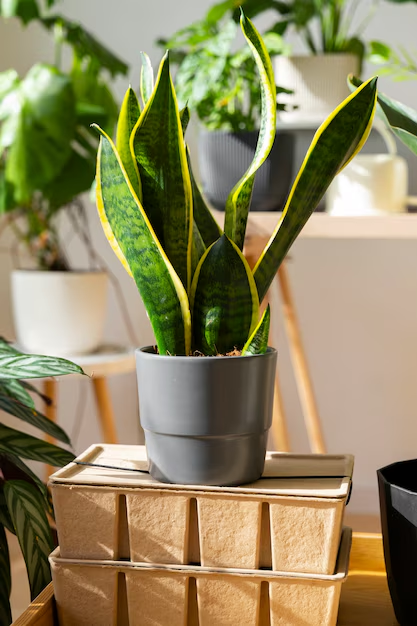
Snake plants are one of the most versatile houseplants when it comes to lighting. They are incredibly adaptable and can thrive in various light conditions, making them perfect for almost any indoor space. However, understanding their light requirements can help your snake plant grow healthier and look its best.
- Bright, Indirect Light: Snake plants prefer bright, indirect sunlight. Placing them near a window where they receive filtered light is ideal. This kind of light encourages steady growth and helps the leaves maintain their vibrant color.
- Low-Light Tolerance: One of the reasons snake plants are so popular is their ability to tolerate low light. They can survive in dim corners or rooms with little natural light, but their growth may slow down, and the leaves might lose some vibrancy over time.
- Direct Sunlight: While snake plants can handle some direct sunlight, especially morning sun, too much harsh, direct sunlight can scorch their leaves. Avoid placing them in intense afternoon sun.
- Artificial Light: If natural light is limited, snake plants can grow under artificial light, such as fluorescent bulbs or LED grow lights. This makes them an excellent choice for offices or basements.
Snake Plant Fertilizer
Fertilizing your snake plant isn’t a must, but it can give your plant a healthy boost when done right. Here’s how to feed your snake plant the smart way:
Type of Fertilizer: Use a balanced, water-soluble fertilizer (like 10-10-10) or a slow-release formula. Both work well—just pick what fits your routine best.
When to Fertilize: Only feed your plant during its active growing season—spring and summer. In fall and winter, skip it. The plant rests during these months and doesn’t need extra nutrients.
How Often: Fertilize every 4–6 weeks during the growing season. That’s plenty to keep it thriving.
Dilution Matters: Snake plants are sensitive, so dilute your fertilizer to half strength. This helps avoid root burn or nutrient overload.
Watch for Signs: Yellowing leaves or brown tips? That’s your cue to scale back. Less is more with snake plants.
Black Coral Snake Plant
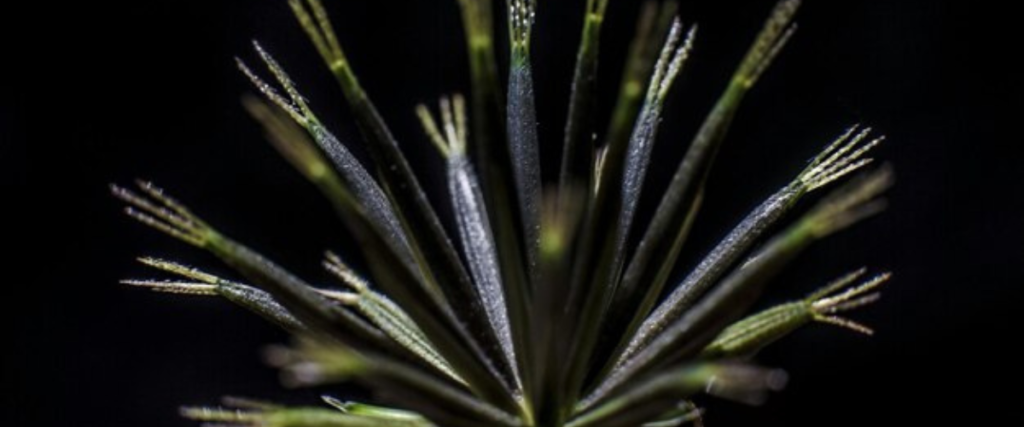
- The Black Coral Snake Plant, also known as Sansevieria ‘Black Coral’, is a unique and striking variety of the popular snake plant. With its bold appearance and easy care, it’s perfect for plant lovers who want a touch of drama and sophistication in their home or office.
- This variety features long, upright leaves that have a dark green to almost black color, with subtle lighter green markings. The contrast in the leaf coloration gives it an almost sculptural look, making it a standout piece in any room.
- Like all snake plants, the Black Coral variety is low-maintenance and very forgiving, making it ideal for beginners or those with a busy lifestyle.
Frequently Asked Questions
A snake plant has two seed leaves when it first germinates.
Snake plants are monocots.
Yes, snake plants need sunlight, but they thrive best in bright, indirect light and can tolerate low light conditions.
Yes, snake plants are toxic to cats if ingested, causing symptoms like nausea and vomiting.
Yes, snake plants can live outside in warm climates with indirect sunlight, but they should be protected from direct sunlight and frost.
No, it prefers bright, indirect light but can tolerate low light.
Yes, it is non-toxic to pets.
Table of Contents
- Snake Plant Benefits
- 10 Benefits of Snake Plant
- How to Propagate Snake Plant?
- Snake Plant Varieties
- Snake Plant Bloom
- Snake Plant Pot
- Snake Plant Light Requirements
- Snake Plant Fertilizer
- Black Coral Snake Plant
- Mona Lavender Plant: Complete Growing Guide for Beginners
- Alocasia Stingray Plant Guide: Tips for Healthy Growth
- Pink Lilly Flower: Growing and Caring for Pink Lillies


